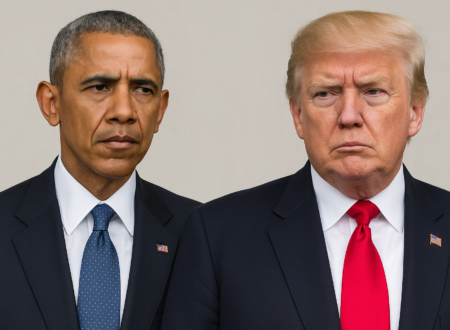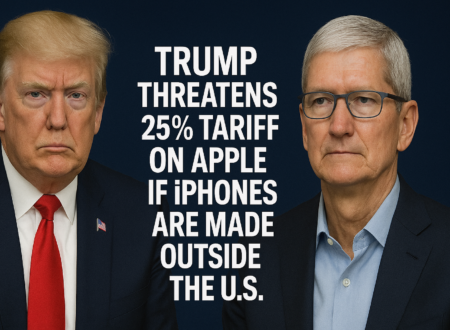The Crypto Conundrum: Trump’s Embrace vs. EU Regulations
The world of cryptocurrency has always been on the move, but December 2024 has brought it to great heights. This month witnessed not one but two major happenings that created waves in the crypto world: Donald Trump’s pro-crypto approach as the president-elect for the United States and the European Union’s Markets in CryptoAssets Regulation (MiCA), implemented for the first time by the EU. Such opposed approaches from the power giants of the world have flared debates, reshaped opportunities, and posed new challenges for crypto enthusiasts and businesses.
Trump’s Vision: Making the U.S. a Crypto Capital
Donald Trump’s return to leadership has been accompanied by a bold statement: his vision to make America the “crypto capital of the planet.” This declaration, joined by policy hints from his campaign, has electrified the crypto market, shooting Bitcoin’s value to astronomical heights of $108,000. The embracing of blockchain technology through Trump is a significant swing in U.S. finance policy, with the real potential to make the nation a haven for digital innovation.
Key Initiatives Driving Optimism
Incoming policies by the Trump administration include appointing crypto-friendly officials to influential positions in financial regulatory bodies. So far, early reports suggest easing restrictions on blockchain startups, streamlining tax regulations for crypto investors, and fostering collaboration between tech firms and government entities.
Another significant aspect of Trump’s plan is the establishment of a “National Blockchain Task Force.”
Market Response
Investors welcomed Trump’s crypto-friendly move. In the broader economy, this policy direction may well create jobs, increase funding for blockchain projects through venture capital, and lead to a surge in international investments. However, critics say that such an influx of capital might cause market volatility. Critics also argue that Trump’s policies might not address the environmental issues related to crypto mining, which has been a constant problem for the industry.
Key Features of MiCA
The Markets in CryptoAssets Regulation (MiCA) will come into effect with a new robust set of rules governing the issuance, trading, and management of digital assets. Its main features include:
Consumer Protections: Providers of crypto services must adhere to stringent disclosure requirements, ensuring customers are fully aware of the risks associated with digital assets.
Environmental Accountability: Firms will be required to submit information on the environmental consequences of their mining activities.
Licensing Standards: Crypto businesses must secure licenses to prove compliance with operational and financial standards.
Stablecoin Regulation: Stablecoins will be strictly monitored for their ability to maintain reserves, helping to minimize risks to financial stability.
Challenges to Business
While MiCA is a great step toward legitimizing the crypto industry, its strict requirements have raised concerns among businesses. Critics argue that compliance costs may stifle innovation, especially for startups. Moreover, the lack of flexibility in accepting emerging technologies might put EU-based companies at a disadvantage, as the global crypto market is fast-changing.
The Global Ripple Effect
This contrast between the approaches of the U.S. and the EU toward cryptocurrency reflects deeper ideological differences. The U.S. seems to favor a laissez-faire model that would spur innovation by minimizing regulatory hurdles. In contrast, the EU emphasizes structured oversight to minimize risks and ensure stability.
Challenges for the EU
While MiCA’s stringent structure strengthens consumer confidence, it may also deter entrepreneurs seeking a more relaxed regulatory climate. Some European crypto startups might relocate to regions such as the U.S. or Dubai, where regulations are more flexible. This “brain drain” could limit Europe’s chances of competing in the blockchain world.
The Future Ahead
Currently, the crypto industry is being influenced by two different regulatory philosophies. While the U.S. embraces innovation with open arms, the EU places greater emphasis on stability and accountability. Both approaches have inherent strengths and weaknesses, and the real test will be how each reacts to the rapid changes in the crypto landscape.
The key for investors and businesses lies in navigating this complexity with foresight. While Trump’s policies present immediate opportunities, they come with market volatility. MiCA, on the other hand, provides stability but at the cost of the flexibility needed to succeed in such a fluid sector.





